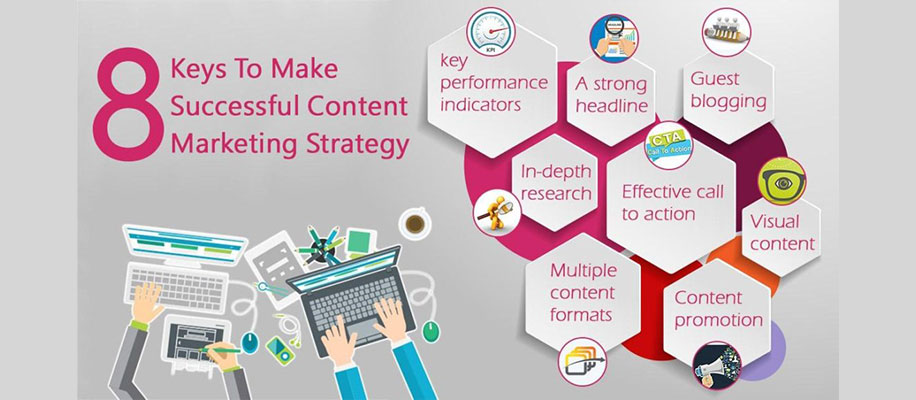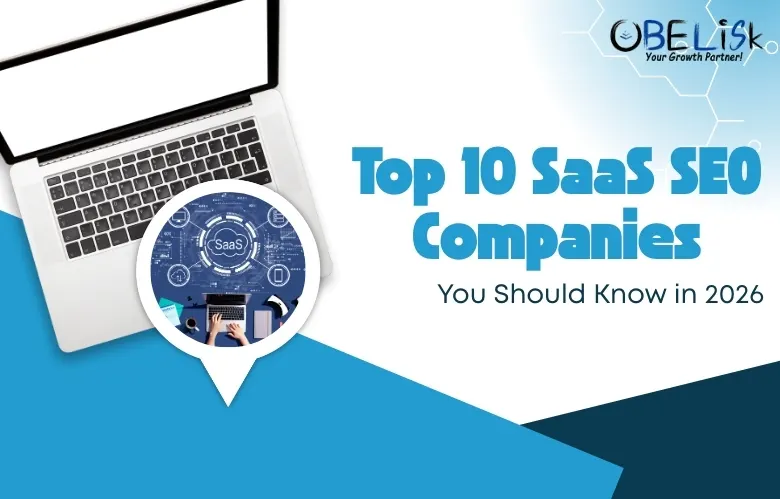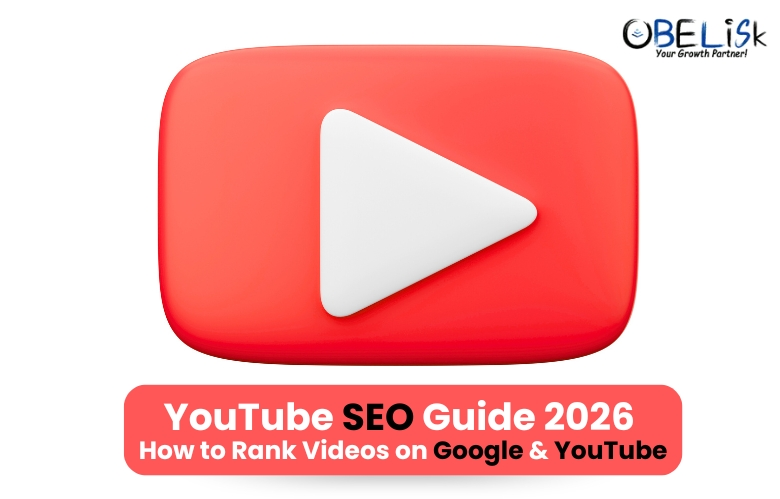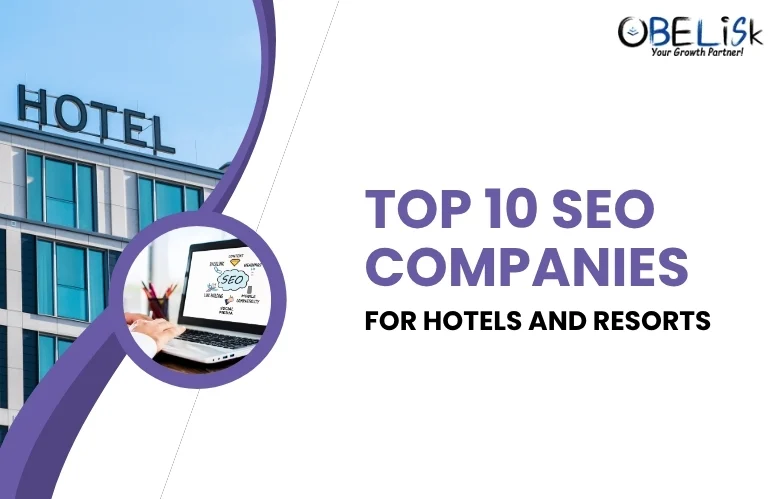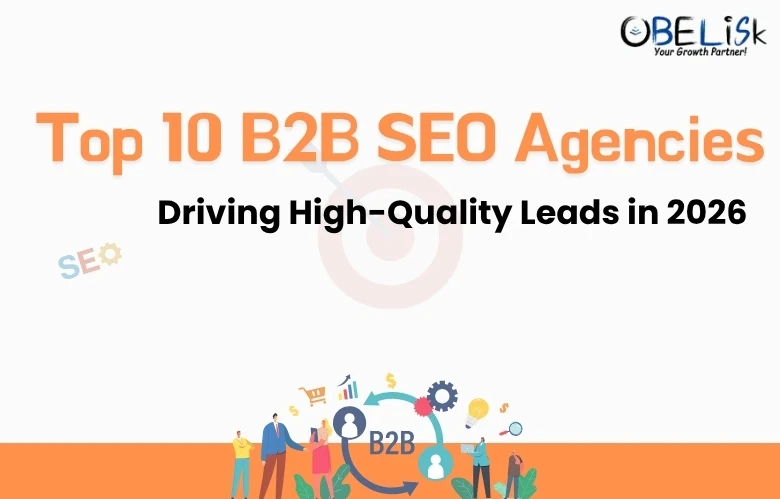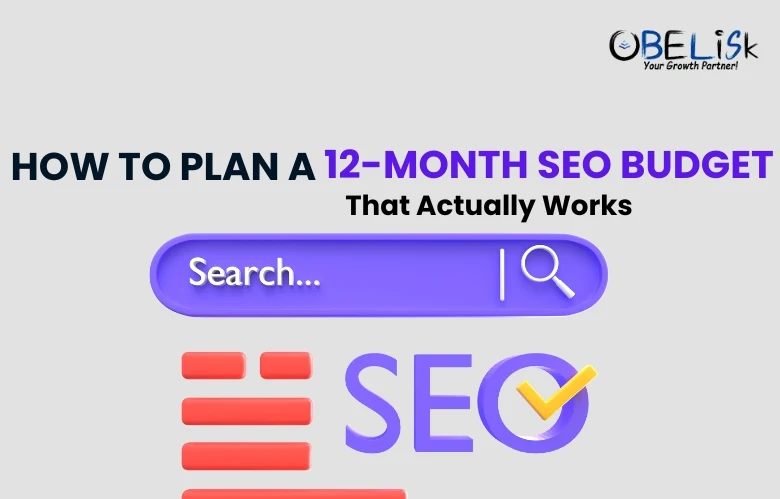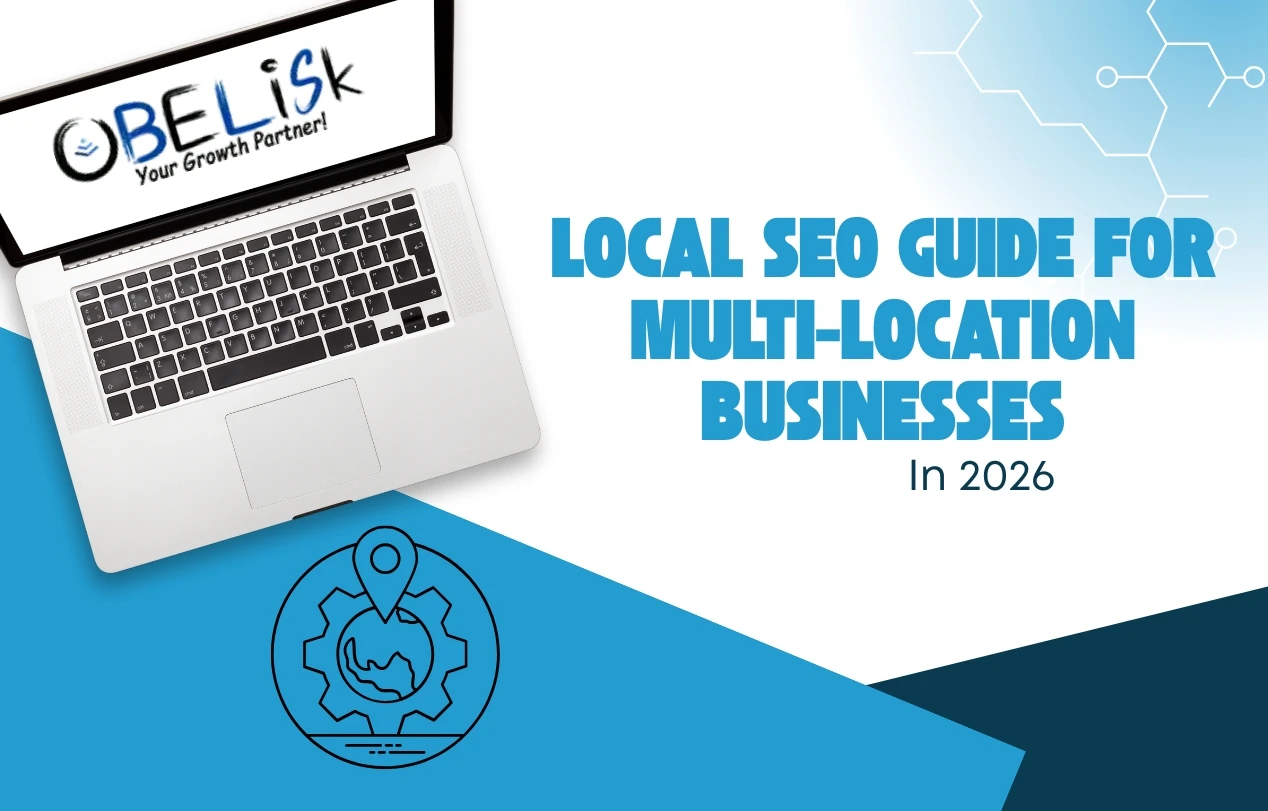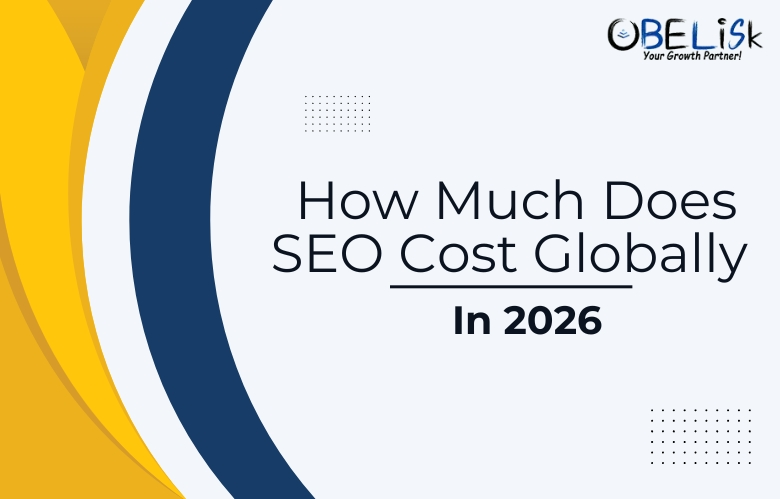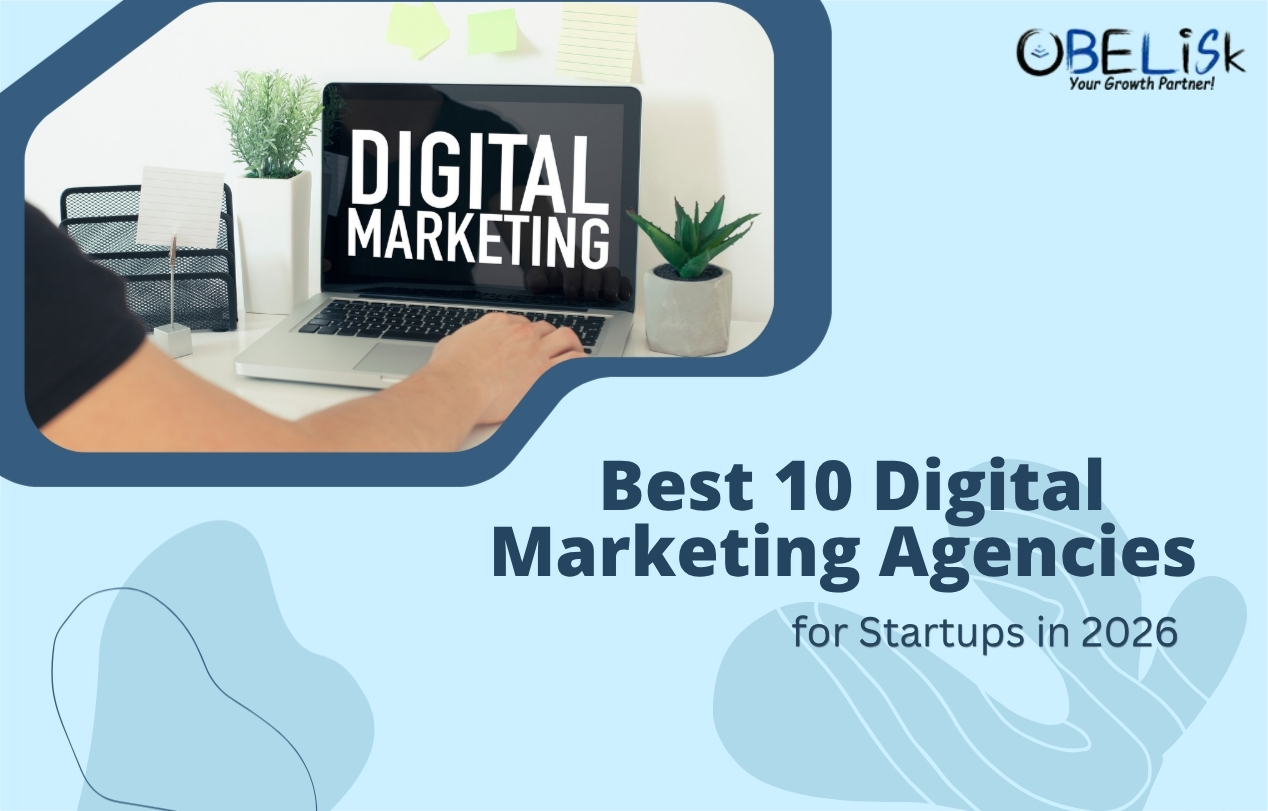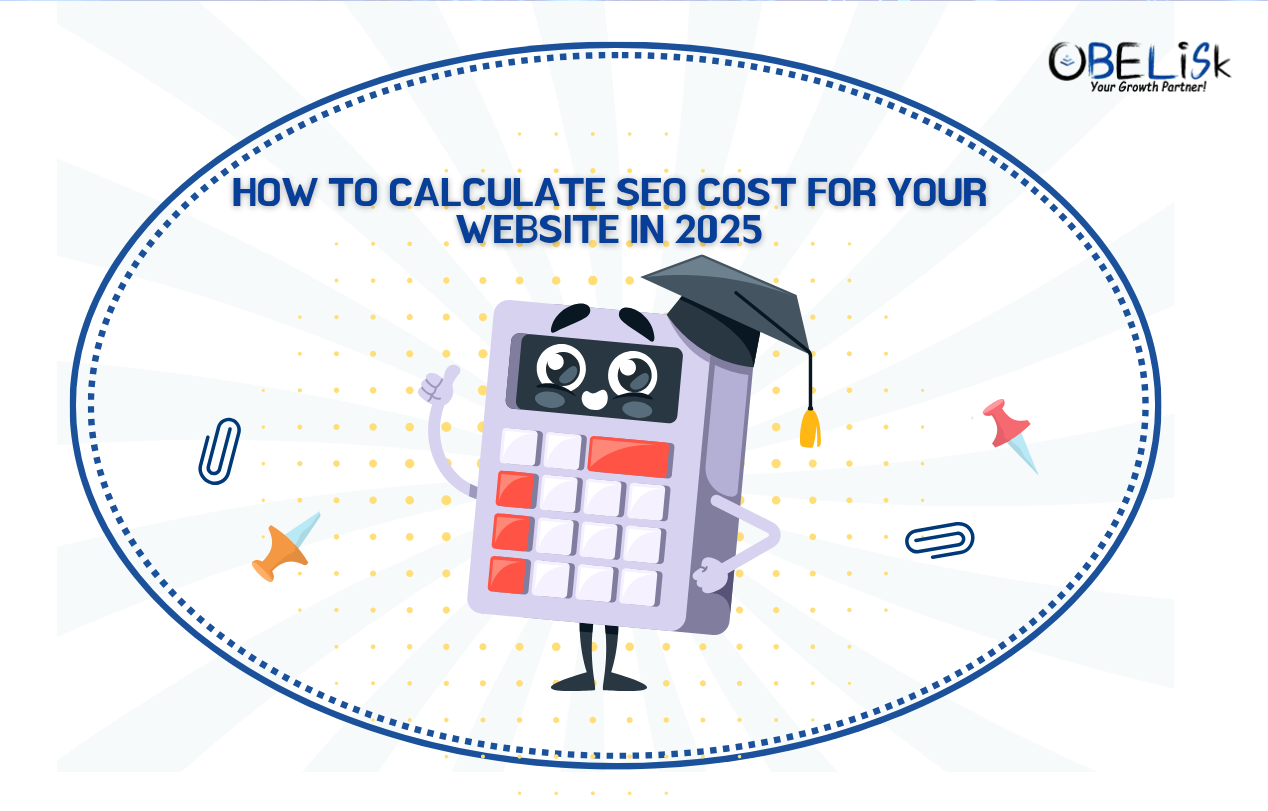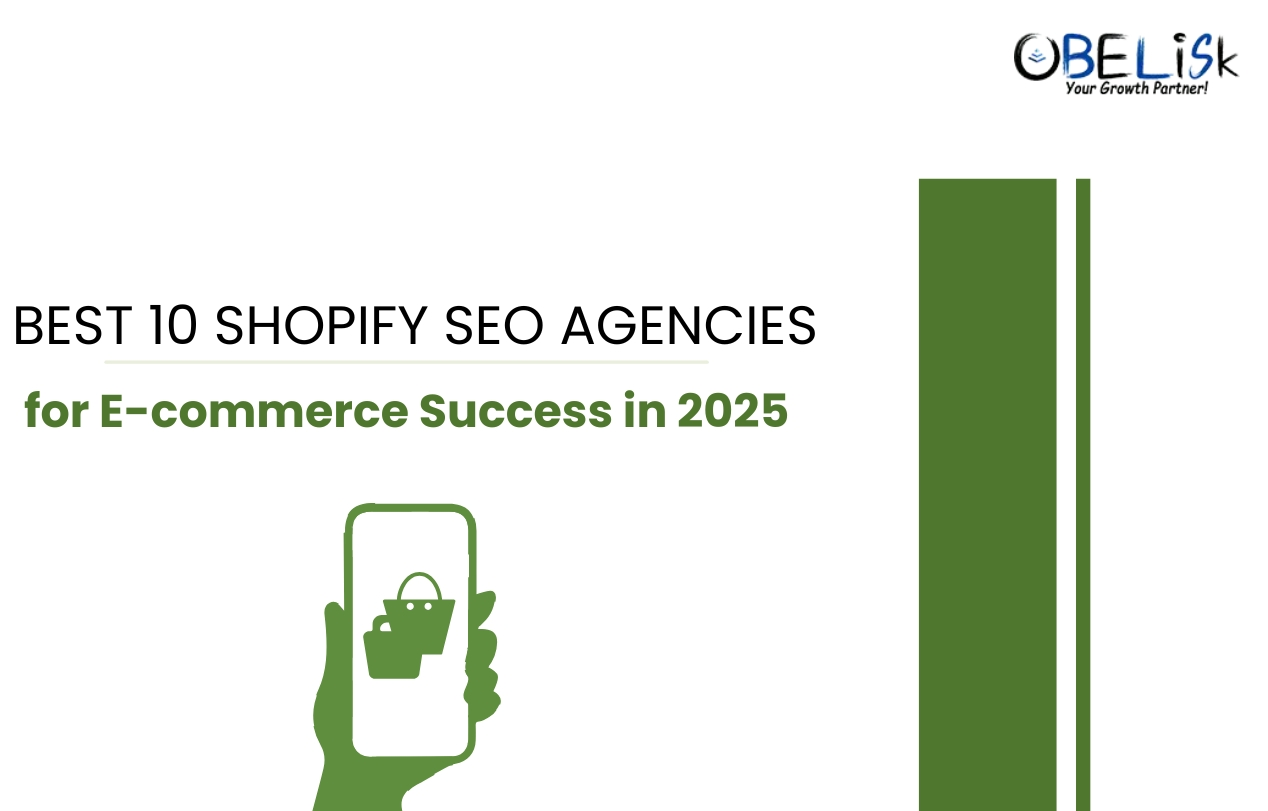SEO and content marketing are not two mutually exclusive business strategies. People often have a common misconception that they are mutually exclusive strategies. It used to be true a long time ago in a certain manner. There was indeed a time when keyword stuffing would take people a long way. Pages were ranked well in that manner. Even if the content was not valuable. That is not the case now. Search algorithms have succeeded in producing nice content. This is content that the audience is looking for. The main goal of content marketing is this. It is now possible that is why and fairly simple as well. A keyword-driven content strategy is built.
The keywords that matter most should be identified
For a business, determining the relevant keywords are absolutely necessary. The Google AdWords Keyword Planner is where all of this begins. You should know exactly where you want to focus when building a keyword-driven content strategy. The brainstorming should be about what the audience wants and, if possible, even beyond that. The reasons behind the searches of the audience should be considered.
What could be the specific needs and concerns? You are going to target this with your content. It should be an element of your keyword planning as well. It would help to dig deeper instead of focusing on the general search queries related to any business. Digging deeper is required for the long-tail keywords. These better correspond to what the audience is actually typing into search.
The human element should be considered
The search results that Google needs should be relevant. You also need them to be the same as an avid content marketer. Bringing the wrong audience to your website is useless. This might happen if the keywords used are wrong. Also, the wrong audience is pretty likely to head back to the search engine.
Considering the intentions of the audience is key. Rank Brain is a software that helps Google to get really good at this. Suppose someone searches “cars 2015”, Google understands that the audience is probably interested in buying a new car, and the relevant results are produced.
However, when you search for “Cars 2006”, Google makes a different choice regarding the intentions. The movie, Cars comes out in the search results. So did the audience need to know about the film, or did he or she want to purchase a car from 2006? Google went with the first option here. Therefore, understanding the intent behind the searches is crucially important. A keyword-driven content strategy can definitely help Google make these decisions.
Latent Semantic Indexing or LSI keywords should be used
Latent Semantic Indexing is a system used by Google. It identifies the relationships between different words. These relationships are used to determine the intention of the searcher. Hence the most relevant results offered are presented.
LSI keywords can be incorporated as a marketer of content. These are the keywords that are related to your keywords. These are incorporated into the content to make it easier for Google to understand the purpose of the searcher. Google can add value to the search with these.
A base of keywords is essential for a certain business of any type. Coming up with LSI keywords becomes easier then. LSI Keyword Generator can be used by LSI Graph, to begin with. You can type in one of the keywords you have and see the results. You can type your keyword into Google and then scroll down to witness the searches related to your term. Yes, it is that simple.
Latent Semantic Indexing or LSI keywords should be used
It would help if you had a bank of the main keywords required. LSI keywords should be present subsequently for all of them. It can seem like a lot, really. It is a good thing that there is also a lot of content to create. The target keywords should be made an integrated component of the respective editorial planning. Keywords can help to create the respective content. They are based on the same type of questions, really. What the audience is searching for, what the intentions are, what do the audiences care the most about, etc.
Wrapping up
On-page optimization matters. The names of the images should be descriptive mainly. People should be kept in mind while optimizing. There are several conventional places where keywords should appear. These places are title tags, meta descriptions, alt attributes, and body content. User experience can definitely be prioritized over keywords.
How the audiences feel and what their needs also depend. An editorial calendar should always be made with keywords in mind. There remains no need to prioritize one keyword over another.

